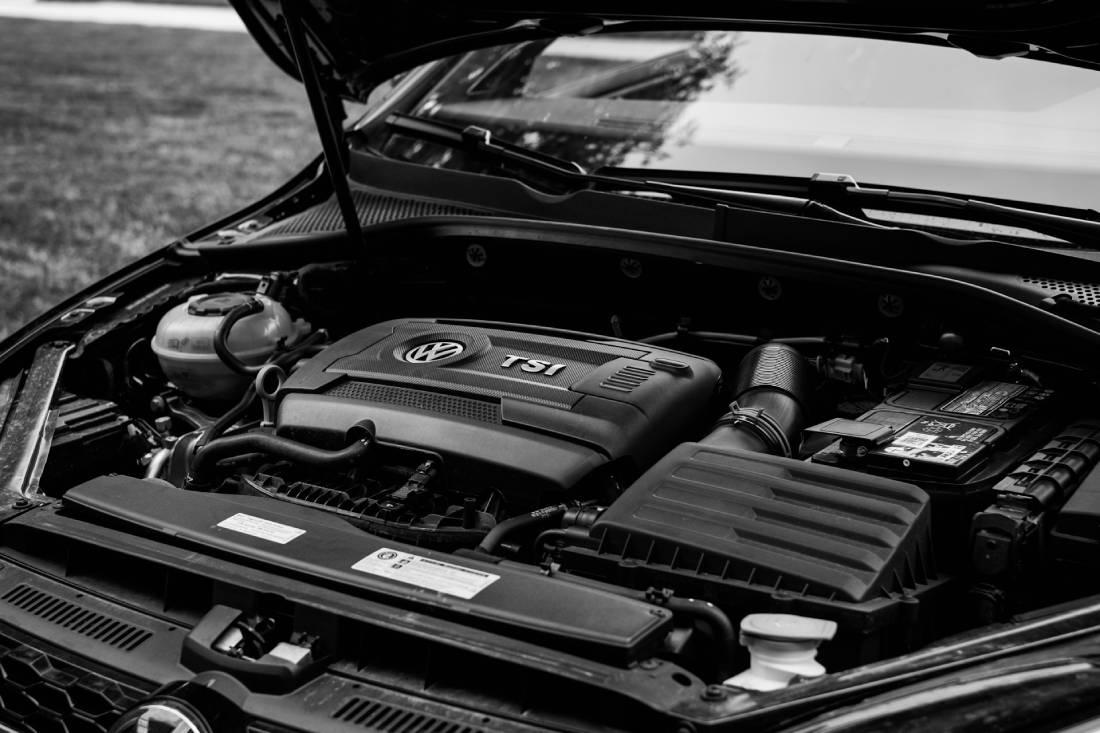
- What is the Legal Tire Life?
- How to Know When It's Time to Change a Tire?
- How Long Is The Shelf Life Of A Tire?
- What are the factors that determine the life of a vehicle tire?
- Tire age
- Region conditions
- Vehicle weight
- Tire preference
- Tire pressure
- Vehicle driving style
- Misuse
- Climate conditions
- External factors
- Chemicals
- How to Extend Vehicle Tire Life?
- How to Understand the End of the Tire Lifespan?
The tire is one of the most important vehicle equipment that ensures the vehicle's contact with the ground. All-load-bearing tires play an important role in handling. Depending on user habits and external factors, it wears out over time and needs to be replaced. Therefore, tires also have a useful life.
The shelf life of the tire is 10 years. Tires that have passed 10 years from the date of manufacture, whether used or not, are recommended to be replaced as they have reached the end of their shelf life. In addition to the shelf life, the usage period of the tire should also be taken into account. Depending on the environment and road conditions in which the vehicle is used and the weight of the vehicle, the tire completes its service life in an average of 5 years or 50 thousand kilometers. Therefore, it is important to check and, if necessary, replace the new tire 5 years after it is fitted.
What is the Legal Tire Life?
Tires that have reached the end of their useful life can put safety at risk in traffic. Therefore, besides the shelf life and service life, there is also the legal tire life. Legal tire life is not determined in years or kilometers. It is determined by the visible tread depth on the outside of the tire. Tire can be used legally until the tread depth is 1.6 mm. Some tire manufacturers recommend replacing the tire when the tread depth decreases to 3 mm. However, thanks to today's technology, tire types are produced that can be used until the tread depth is reduced to the legal limit.
How to Know When It's Time to Change a Tire?
It is not necessary to make very detailed examinations to understand that it is time for a tire change. By checking a few points, you can tell if the tire needs to be changed. Indicators indicating that it is time for a tire change can be listed as follows:
- If the tread appears to be worn beyond the legal depth,
- If the tire sidewall is worn or damaged,
- If a hole of 6 mm or more has formed in the tread of the tire,
- If the heel of the tire (the edge of the tire that rests on the wheel) is deformed or damaged, the tire must be replaced.
If the indicators listed above are clearly visible on the tire, it is necessary to replace the tire even if the tire has not reached the end of its shelf life. Otherwise, safe driving in traffic may not be possible. In vehicle inspections carried out by TÜVTÜRK or Pilot Garage , especially the sidewall and tread depth of the tires are examined.
If the tire does not meet the specified conditions, the vehicle cannot pass the inspection. It is useful to check automobile tires once a month in order to avoid problems both in traffic and in inspection. Before going on long trips, checking the tires ensures that the trip is completed without any problems.
You can also understand while driving that the tire is worn out and needs to be changed. A worn tire causes jerky driving. When shaking or vibration is noticed, it is necessary to reduce the speed and park the vehicle safely on the side of the road. You can then get out of the vehicle and check the tires. If there is a damaged tire that will endanger the journey, you can replace it with a spare tire after deflating. If there is no visible damage and you cannot determine the cause of the jolt, it is useful to take the vehicle carefully to the tire dealer for a detailed inspection.
How Long Is The Shelf Life Of A Tire?
The shelf life of a tire is 10 years. Even if the tire is kept unused during this period, it should not be used after 10 years. Because the materials from which the tire is produced begin to deform after 10 years. In the production of the tire, materials such as synthetic rubber, natural rubber, oil and carbon black are used.
Rubber components make up 80% of the total weight of the tyre. The remaining 20% contains reinforcing materials. Close to 30 different components are used in tire production. Tire goes through many tests until it reaches the end user. Tires that are not overly exposed to abrasive factors can be used for 10 years. To learn the production date of the tire, the DOT number on the sidewall can be checked.
What are the factors that determine the life of a vehicle tire?
There are multiple factors that determine the life of a vehicle tire. These factors are effective in using the tire for a longer or shorter time. The factors that determine the life of a vehicle tire can be listed as follows:
Tire age
Tires with a production date of more than 5 years and actively used have a higher wear rate than new tires. 5 year old tires wear out faster than new tires.
Region conditions
The road condition of the region where the vehicle is actively used affects the life of the tires significantly. Rough roads, potholes, speed bumps, cobbles and unpaved roads cause tire wear more quickly.
Vehicle weight
Tires carry the entire weight of the vehicle. Therefore, as the load on the tires increases, the tire wears out.
Tire preference
Not using tires suitable for seasonal conditions causes the tires to wear out faster. Therefore, it is useful to be careful not to use summer tires in winter and winter tires in summer.
Tire pressure
Tires with less than ideal tire pressure will wear out faster.
Vehicle driving style
Sudden braking and sudden departures while driving cause tire wear. Driving fast also wears out the tire.
Misuse
Using rim and tire combinations that are not recommended by vehicle manufacturers and using tires with a lower speed and load index than recommended are among the factors that wear the tire.
Climate conditions
Climatic conditions such as extreme hot weather, strong sunlight, ice, snow and rain accelerate tire wear.
External factors
Sharp and piercing objects such as nails and obstacles will damage the tyres.
Chemicals
Chemicals such as oil and grease cause tires to deform.
How to Extend Vehicle Tire Life?
Tire, like many other substances, is sensitive to heat. Therefore, tires suitable for seasonal conditions are produced. However, despite this, the vast majority of vehicles do not prefer tires produced according to seasonal conditions. While this reduces the service life of the tire, it also causes risks. Not changing tires during seasonal changes is among the most important factors that shorten the life of the tire. Therefore, changing tires according to seasonal conditions is more effective than expected in extending the life of the tire.
Keeping the tire pressure in balance is an important detail that should be considered in order to extend the life of the tire. Low-pressure tires do not have an ideal grip on the road, so wear occurs on the sides. For high-pressure tires, wear occurs in the middle. To keep this situation under control, periodic pressure control is helpful.
Side streets are more rough and potholes compared to main roads. Choosing the main roads is effective in extending the life of the tire, as rough roads and potholes wear out the tire.
Using tires suitable for the vehicle prevents the tire from wearing out quickly. Therefore, it is beneficial to use the suspensions and tire sizes recommended by the manufacturer.
Products used for cleaning and especially cosmetic purposes cause the tire to deform. It is useful to use such products as little or not at all as possible.
Tires from trusted brands are of better quality. In order to use tires for a long time and without any problems, it is useful to choose tires of known and proven brands.
How to Understand the End of the Tire Lifespan?
It is important to check the tire in detail at specialist services to find out whether its useful life is over or not. The usability can be understood by checking the tread depth, physical structure, braking performance, wear status and road holding of tires that have completed 5 years in particular.





